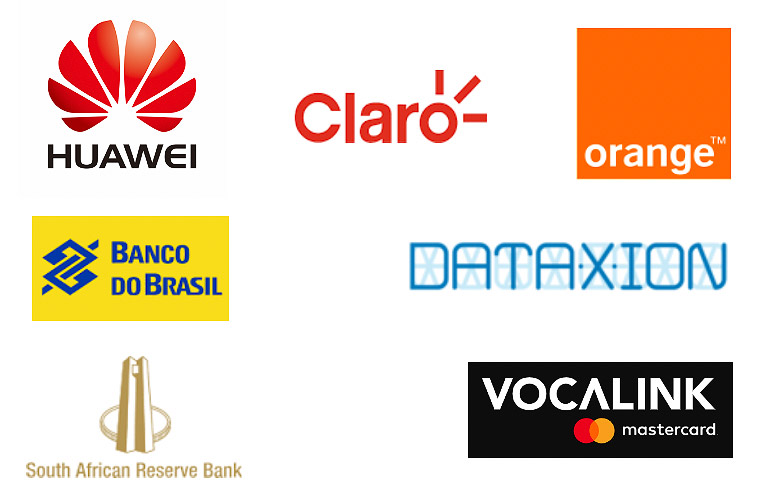Tier Gap Analysis
Defending Your Production Digital Infrastructure
For the past decade, businesses around the world have been rebuilding their service delivery processes to be digital-centric. Businesses that have successfully made this transition are better positioned for the highly competitive markets that they serve. The bottom line is that this lifeblood of modern business must be built upon a robust digital infrastructure to be effective and meet the needs of the stakeholders.
Legacy Sites, Mergers and Acquisitions
When new digital infrastructure is created, designers typically use the core principles included in Uptime Institute’s Tier Standard to assure performance. Leveraging the Tier Standard assures that the resulting performance of the site will meet the defined business needs and allow business continuity throughout any expected level of stress conditions.
But what about digital infrastructure construction projects that did not include the Tier Standard for whatever reason and are already underway or completed facilities that are inherited through some type of merger and acquisition activity? Consider the business implications of using legacy sites that were built without accounting for the Tier Standard design principles. These scenarios happen all the time where huge capital infrastructure expenditures are made, with the corresponding new site being placed into production, all without a clear understanding of the actual performance that should be expected.
Applying the Tier Standard
Since we don’t always have the luxury of creating new digital infrastructure from the ground up, Uptime Institute has created the Tier Gap Analysis (TGA) service to confirm the ability for any existing or under-construction data center to meet the performance goals defined by the Tier Standard of Topology, identifying any areas of critical concern.
Uptime Institute’s TGA engagement reviews the documentation available for the site and identifies any deficiencies in meeting the Tier objective along with the specific narrative about why it is deficient and what is needed to meet the objectives. This includes all gaps in the critical facilities as well as deficiencies in the documents which were provided. This is accomplished by delivering the same review as is done in the first pass review of a Tier Standard of Topology Design Documents Certification service- used throughout the world by thousands of sites.
The Tier Gap Analysis Process
The process starts with the client submitting a complete, or as near complete design package that is available. In some instances, with an existing design the available design drawing may be lacking as design engineers are usually not on contract yet as the scope of the project is not fully known. The design documents are reviewed for all Tier requirements and an exhaustive report of each and every Tier deficiency is identified. Once the report is delivered a conference call is optional to go over each item in detail.
Uptime’s TGA engagement reviews the following items:
- Basis of Design - architecture and approach
- Electrical Schematic Diagrams - Single Line Diagrams
- Mechanical Diagrams – Flow Diagrams and Air Flow Diagrams
- Equipment Layout Drawings
- Equipment Specifications
- Load Calculations – Electrical Power Demand and Cooling Demand
- Control System Design and Operations
- Sequence of Operations, Operational plans
- Architectural Plans
- As well as any other documents required to ensure that all aspects of the design meet the requirements of the Tier objective.
Investing in Success
TGA is the industry’s most recognized solution to assure any client that their business-critical infrastructure has the ability to meet their computing needs. Using the Tier Standard as the benchmark for performance, an investment in TGA provides a tangible single review, identifying areas of concern, and creating a point in time to engage with design engineering firms to modify or develop updated designs to address the issues uncovered during the review.
Building Robust Digital Infrastructure
As businesses continue to transform every aspect of their core business practices and processes to be digital-centric, the use of a diverse aggregation of data centers, co-location sites and public clouds has become commonplace. Regardless of the combination of platforms chosen, all of this digital infrastructure must support your business. All components must be individually assessed to assure that each contribute to the required business services delivery strategy, including adherence to both cost and risk profiles.
And while new applications usually take center-stage, it is the underlying platforms that these applications run upon that ultimately defines the long-term success of business service delivery.
Clients Around The World using TGA

Questions?
Please contact your regional representative
